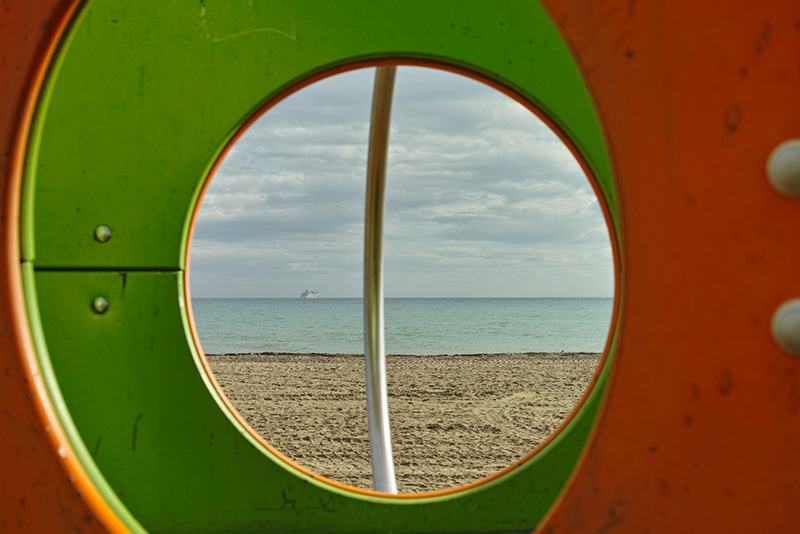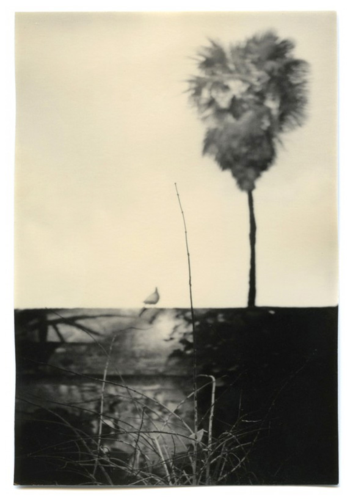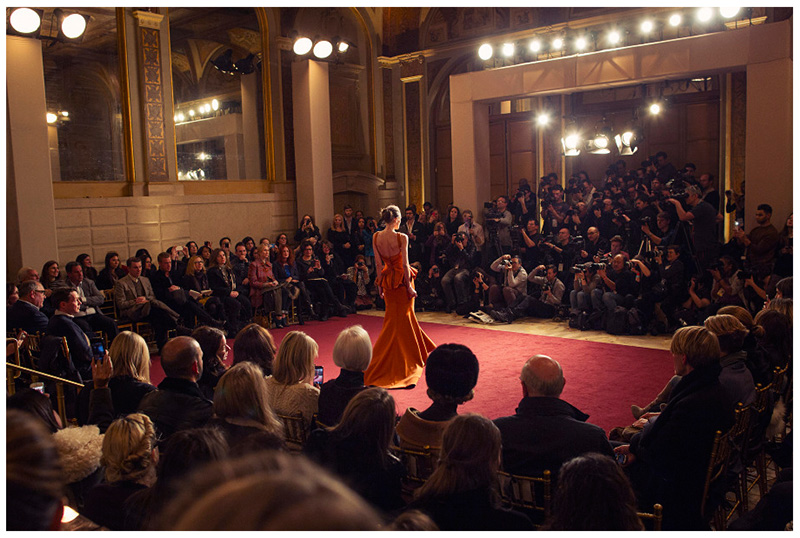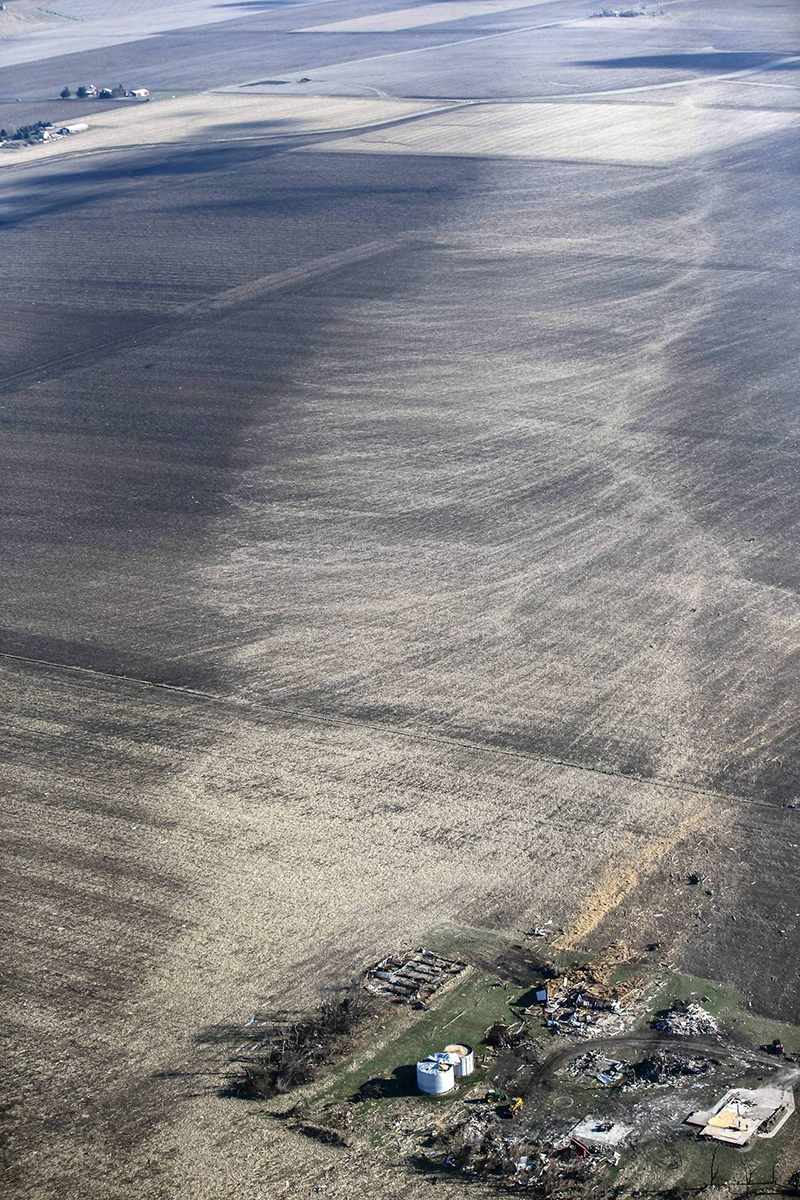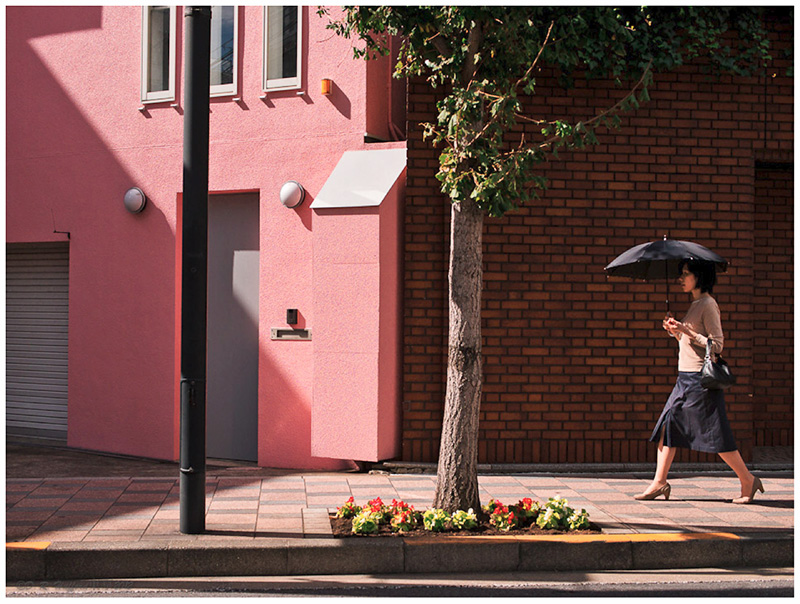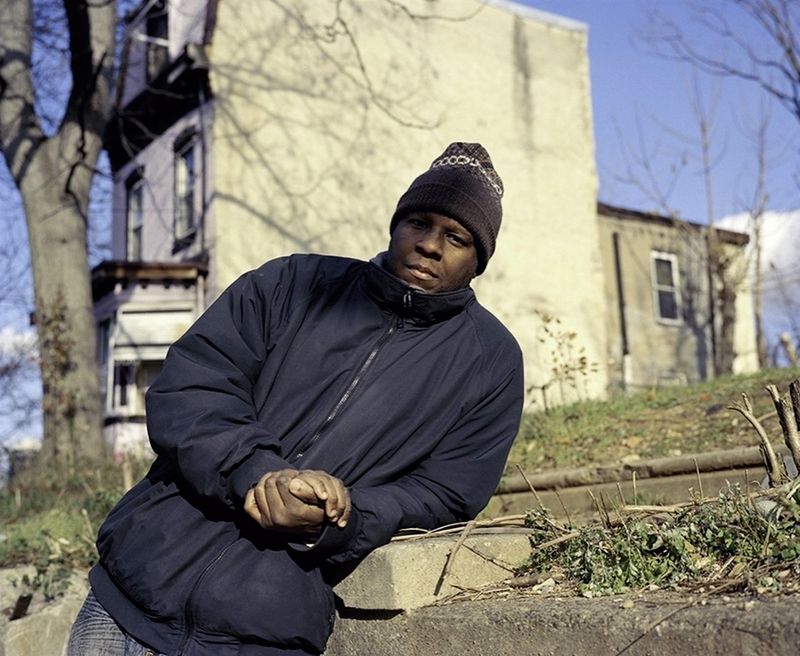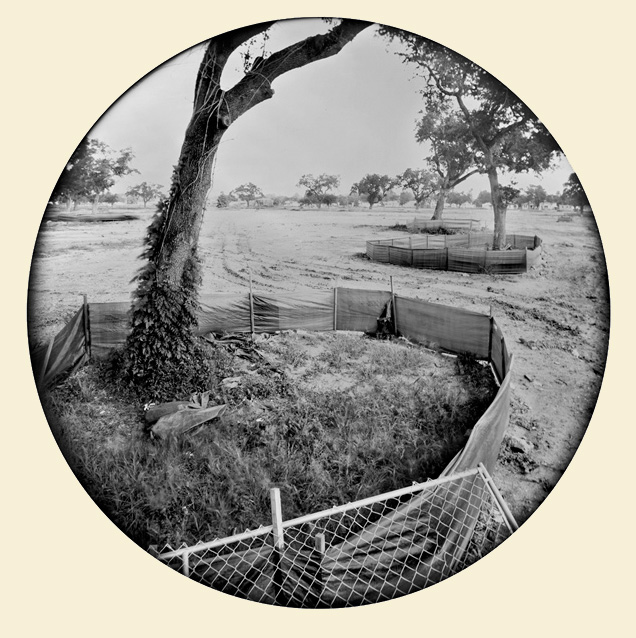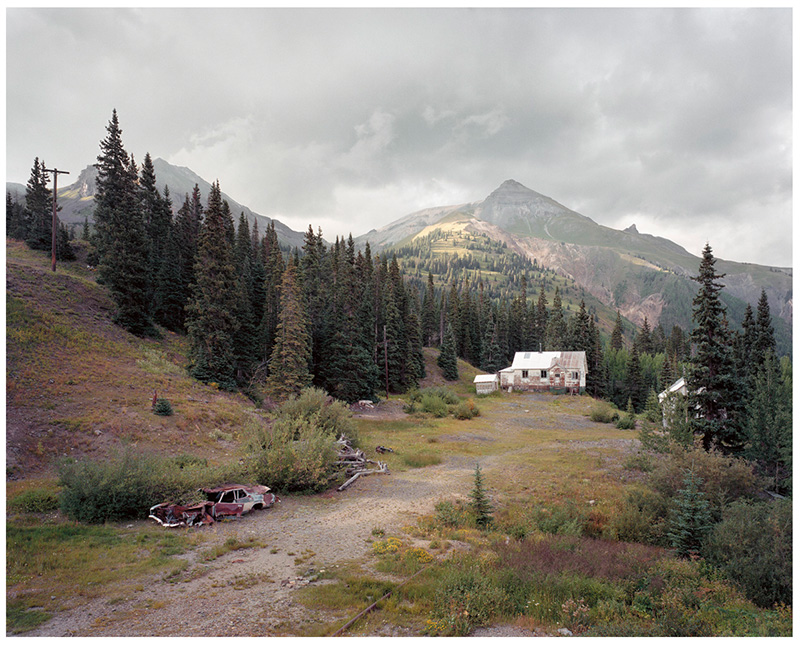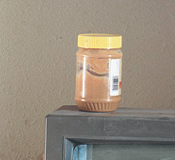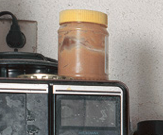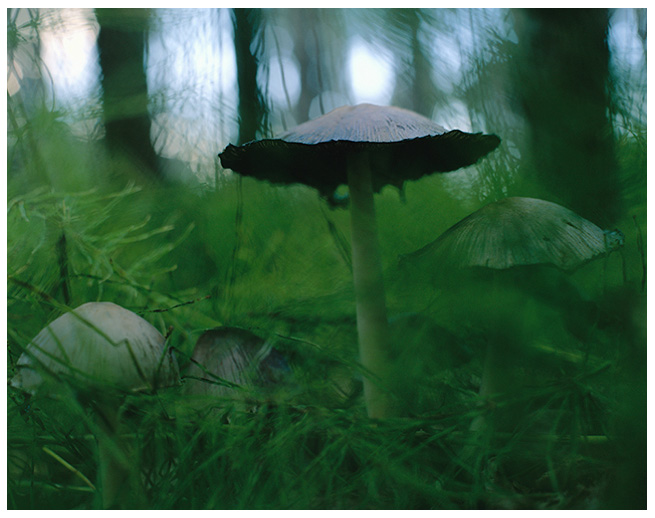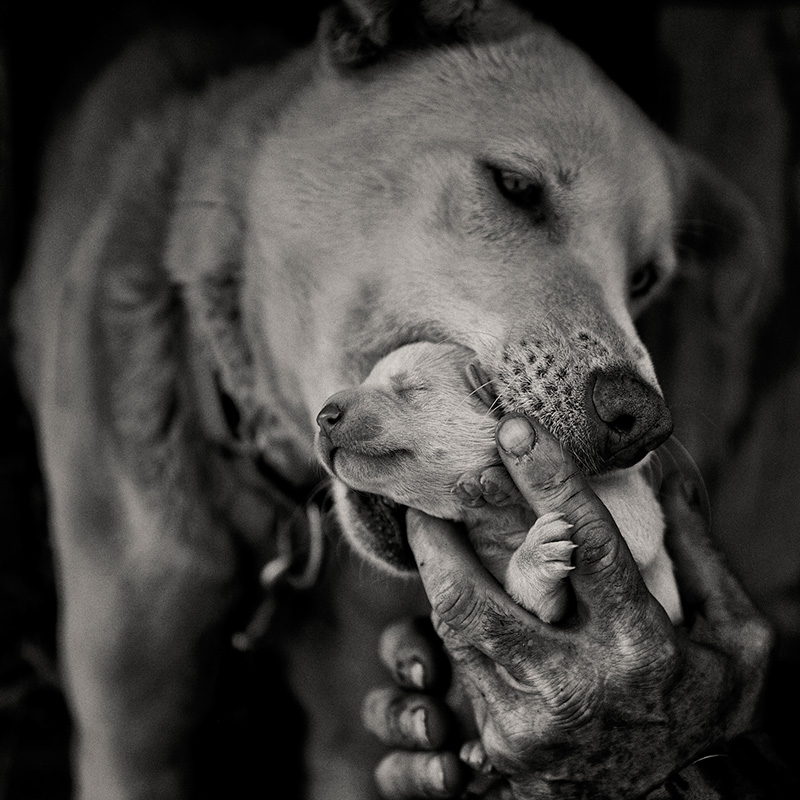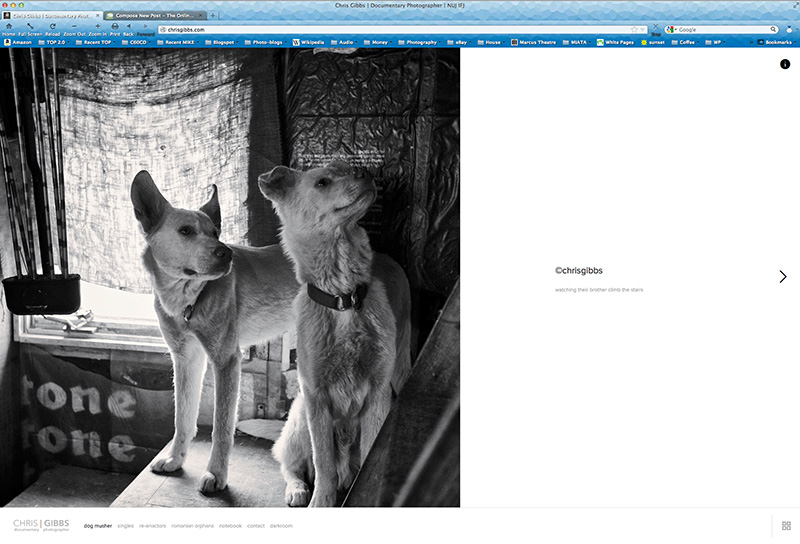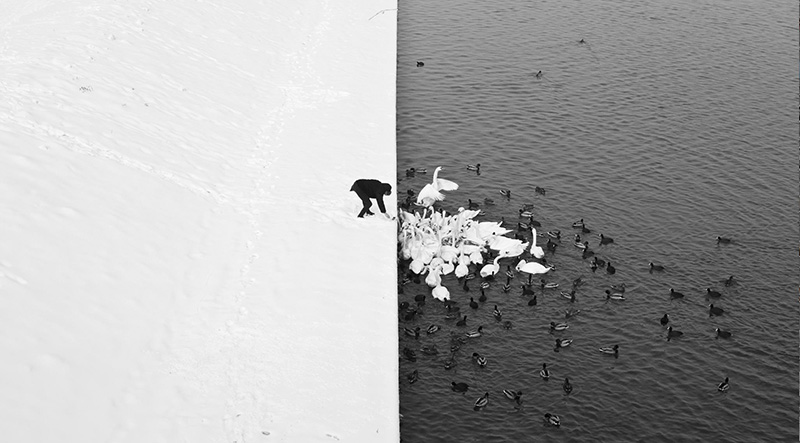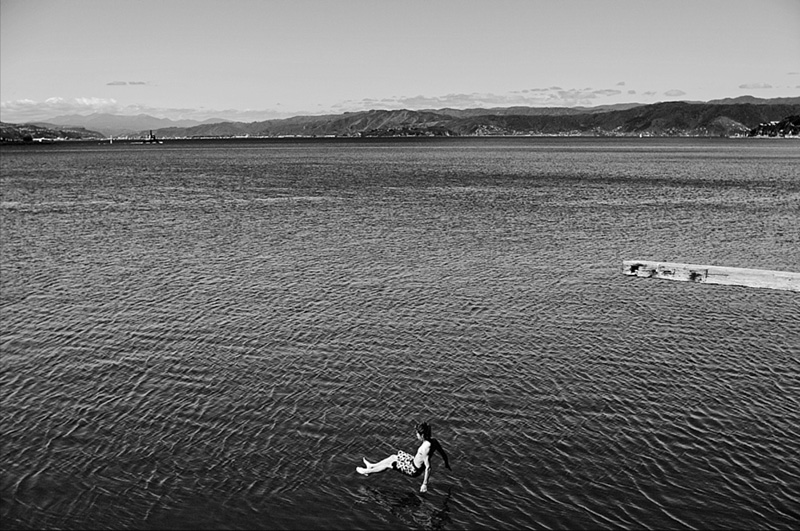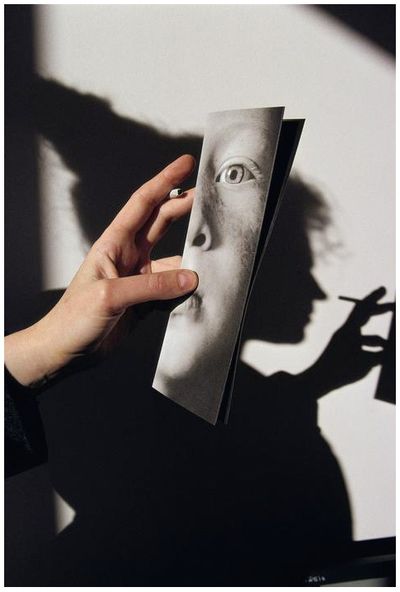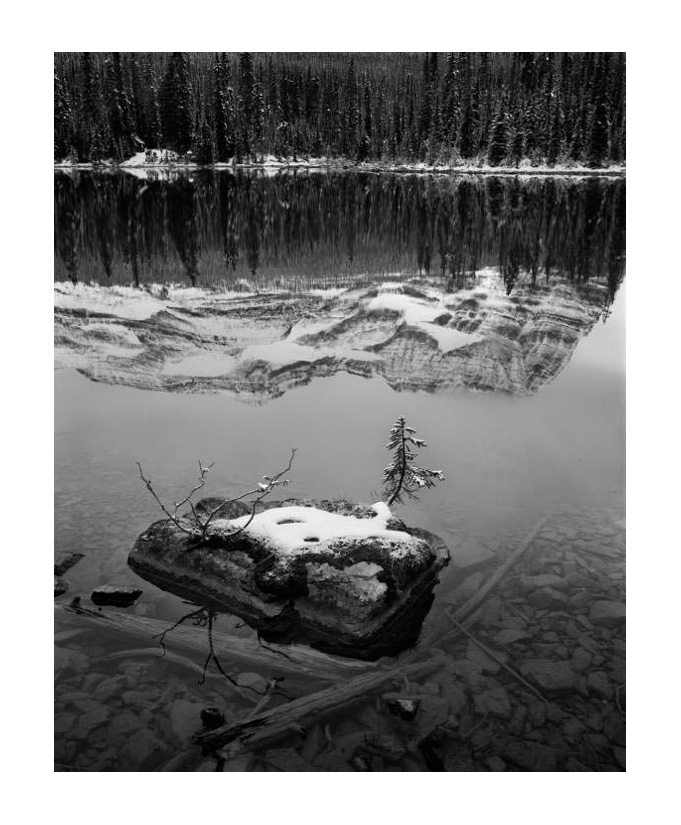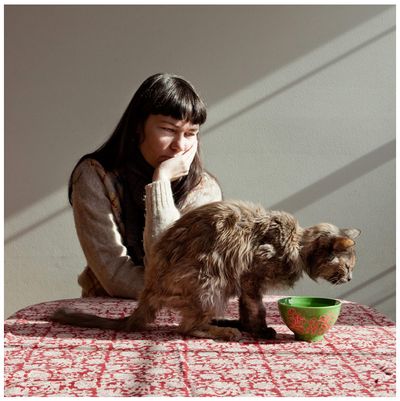 Yhonnie and Indiana. Photo by Janelle Low.
Yhonnie and Indiana. Photo by Janelle Low.
Iain Dawson wrote to suggest that since I'd done a "Random Excellence" for dog people (of which he is one), I should give equal time to cat people.
Janelle Low is the 2013 winner of the National Photographic Portrait Prize from the National Portrait Gallery in Canberra, Australia. She photographed Yhonnie Scarce and her pet cat Indiana just days before the cat's death at nearly 19 years of age.
You can see all of the Contest finalists at this page.
Mike
(Thanks to Iain)
Original contents copyright 2013 by Michael C. Johnston and/or the bylined author. All Rights Reserved. Links in this post may be to our affiliates; sales through affiliate links may benefit this site.
TOP's links!
(To see all the comments, click on the "Comments" link below.)
Featured Comments from:
Sylvain G.: "Beautiful picture. I went to Janelle's site to find she was selling a limited edition of 12 prints. $4,000 each. Oh well."
Mike replies: Guess she isn't a TOP reader then. :-)
[Bloviation alert —> Mike goes on a harangue:] To my earlier point about limited editions, this will be great for her if she sells ten of them, and would otherwise have sold six at, say, $850. But now imagine how she's going to feel if all 12 prints sell quickly. She makes a relatively spectacular $48,000. But then, week after week, more and more cat lovers contact her asking for a print. Several offer her more than the original asking price of $4,000. As the years go by, she gets twenty requests a year for prints, and two dealers decline to represent her because they can't sell the famous prizewinning cat picture. Meanwhile, each time one of the original 12 is resold, it goes for more and more money.
I'm not saying this would happen for this picture, but it could. In which case, she has really done herself wrong by limiting the edition.
Now say all this happens, and she never manages to take another picture as famous and as much in demand as this one.
That's the argument against limited editions. The upside is that she might realize a few more sales—and higher proceeds from the sales—now. The downside is that she's just willingly put a fairly low ceiling on her lifetime income for a print that people all the way across the world in Wisconsin (of all places!) are talking about.
And you just never know about demand...it's fickle, and can be fugitive. You don't know which of your pictures is going to actually inspire demand. Is this one that will inspire sustained sales? My instinct says no. So maybe she's made a smart choice. But I can tell you that we sold several hundred prints of Peter's picture of Paris in his first sale, and then we sold several hundred more in his second sale. What if we had tried to boost sales in the first sale by saying that the image would never be printed again?
And just to throw another wrinkle into the argument, what if this is a very salable picture at $400 but not salable at all at $4,000? What if she's put a fine-art price on a picture that can't carry that load? Then she's priced herself out of her natural market; she sells none—never mind that the edition is limited—; and she fails to profit at all from her good fortune in winning the prize. [/Harangue. Apologies to Janelle for commandeering her post to make a point.]
Simon Robinson: "My name is Simon, and I am a cataholic. There, it's out in the open—I feel much better now! One of my favourite books is Classic Cats by Great Photographers . In this book you can find great photographs of cats by Nadar, Steichen, Cartier-Bresson, Kertesz, etc. It's a top book ('top book'—see what I did there!) for any cat and photography connoisseur."
. In this book you can find great photographs of cats by Nadar, Steichen, Cartier-Bresson, Kertesz, etc. It's a top book ('top book'—see what I did there!) for any cat and photography connoisseur."
Gene Forsythe: "The contemplation and thoughtfulness in her face is obvious and
heart-touching, even on first observation.
However, this is definately a case where the one line description of the
photo adds an emotional context to the image that truly touches the
viewer.
I don't always care for photograph titles, but I do think that simple
descriptions can add context and help viewers understand the image, and
thus are sometimes useful. This is one of those cases."
David: "Even before I read the text it was fairly evident what the picture 'is
about'—namely, the cat's poor health and the loving owner, and I'm
not an animal owner or 'cat person' at all.
It paints a simple story, as the best photos always do."
Terence Morrissey: "Good photo, it tells a story."
Sven W: "Yes, but is it a portrait of the cat or it's owner? In some ways this
image is less of a portrait and more of a representation of the
relationship between the cat and it's owner."
Mike replies: An interesting question. The category was portraits, and the photographer (as David and Terence and many other commenters mentioned) snuck a story into the proceedings...although I'd argue that portraits can legitimately portray relationships (a product I used to sell when I did portraits was the engagement portrait. The idea was that an informal portrait of the couple while they're in love and being themselves—and one which the photographer can take his or her time making—can be more personal than the formal wedding portrait where they're all gussied up). I guess this is a categorical issue rather than a photographic one, though.
